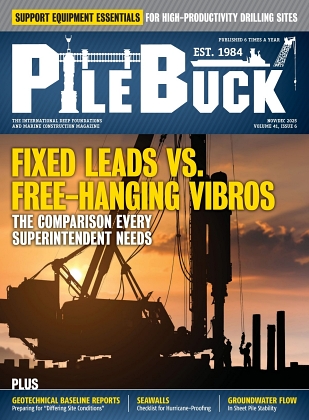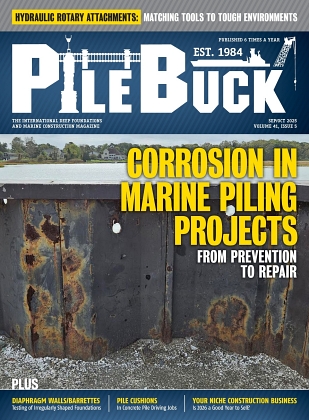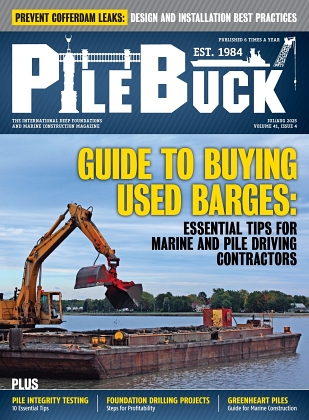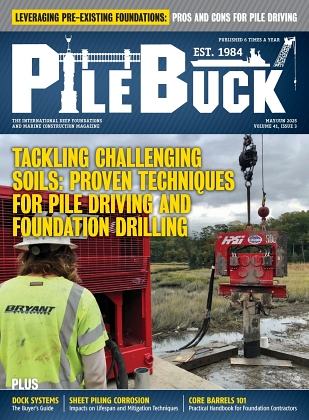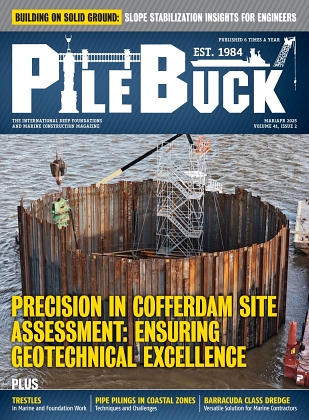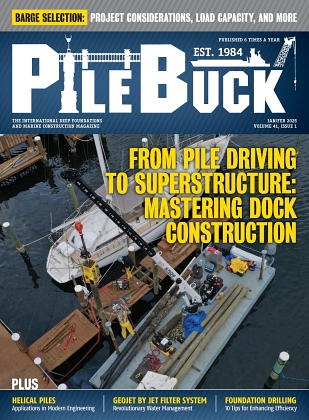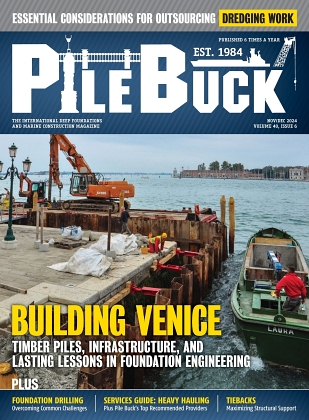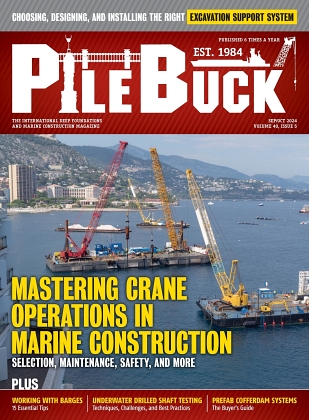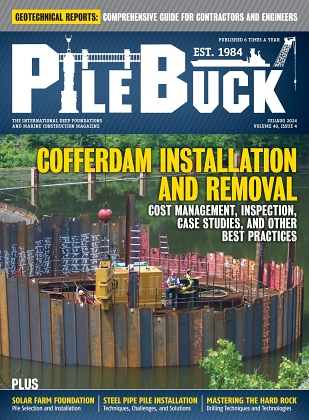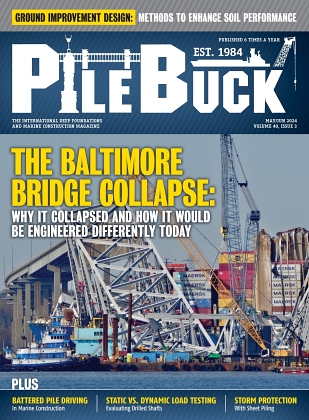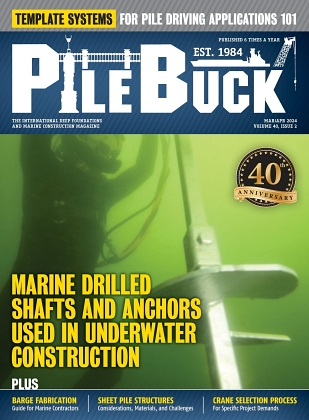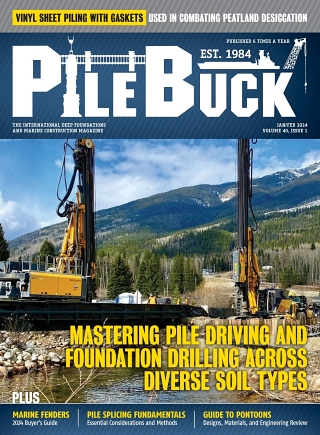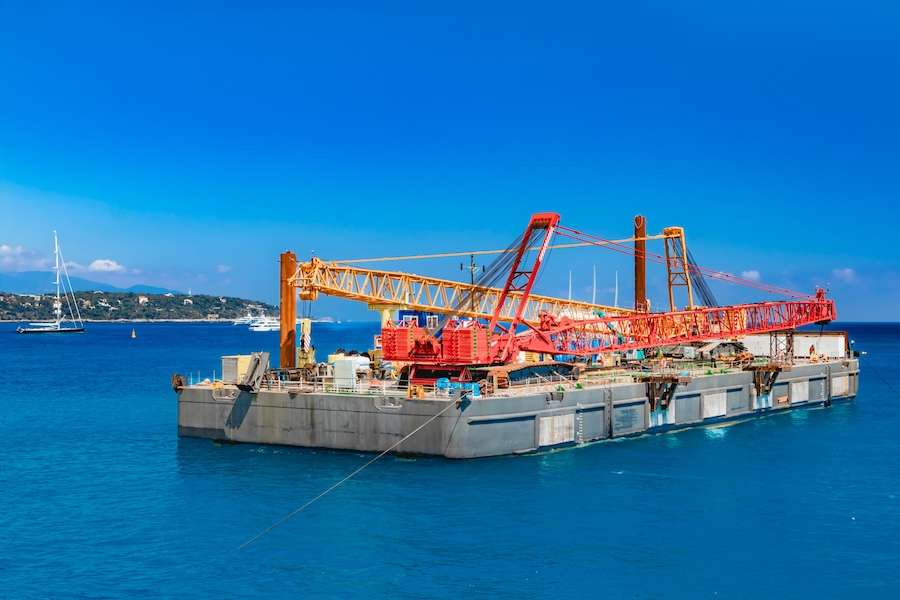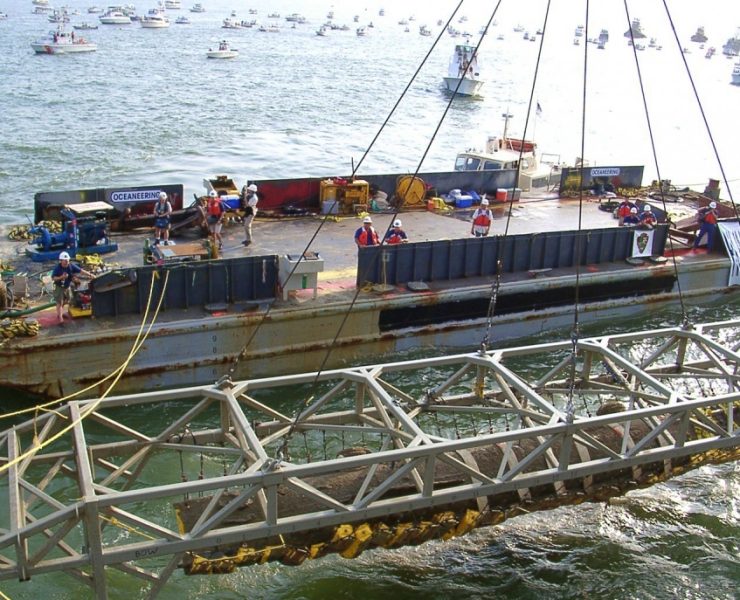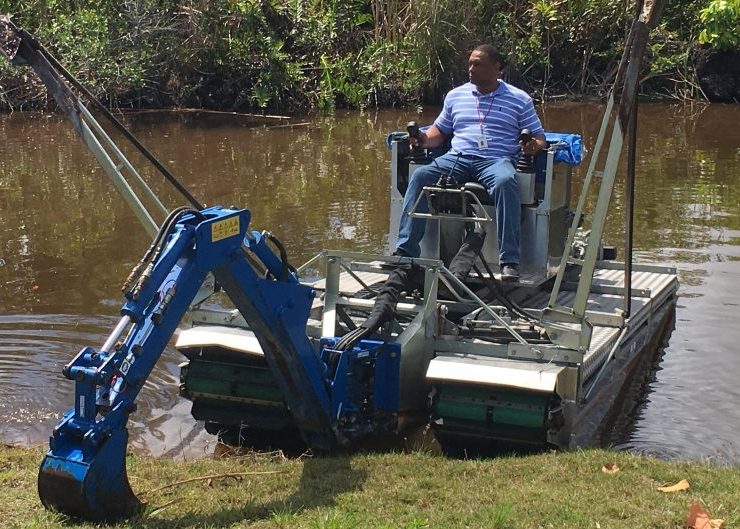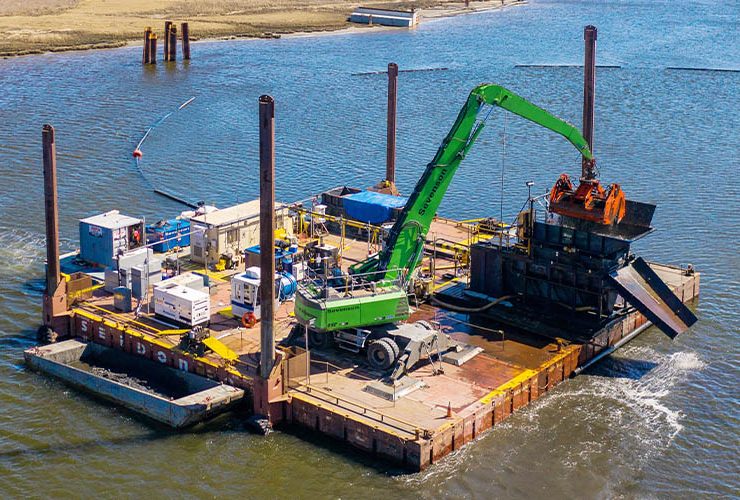Guide to Buying Used Barges: Essential Tips for Marine and Pile Driving Contractors
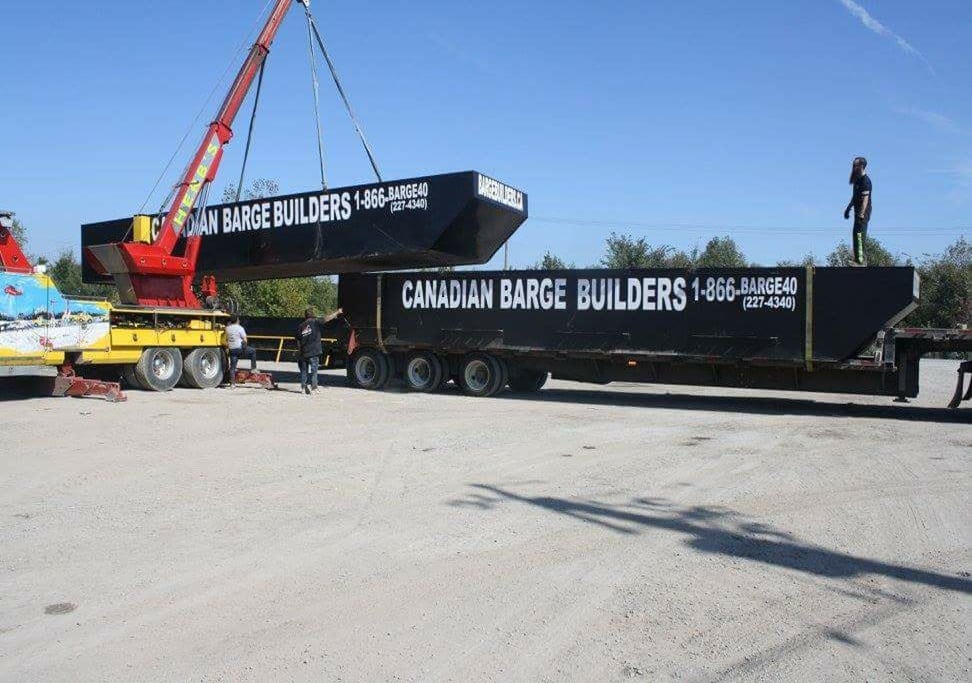

View the complete article here.
While purchasing a new barge offers the latest features and warranties—opting for a used one can deliver significant cost savings, often 20-50% less than new models, without sacrificing durability if properly vetted. As the global barge transportation market continues to expand, projected to reach $184.85 billion by 2032 with a CAGR of 3.9% from 2025, demand for reliable used barges is on the rise—driven by infrastructure projects and inland waterway operations. This guide provides practical advice tailored to contractors—covering where to source used barges, what to evaluate, inspection checklists, documentation needs, and more to help you make an informed purchase.
Why Buy a Used Barge?
Used barges are built to withstand harsh marine environments and can remain operational for decades with proper maintenance. Key benefits include:
Cost efficiency: Substantial upfront savings compared to new builds, allowing allocation of funds to other project needs like equipment upgrades.
Immediate availability: Used barges are often ready for deployment sooner than custom new ones, which can face delays due to fabrication timelines.
Proven performance: Many used barges come with a track record of real-world use, providing insights into their reliability in similar applications like pile driving or dredging.
Environmental considerations: Reusing existing vessels reduces the demand for new manufacturing, aligning with sustainable practices in the industry.
However, these advantages hinge on thorough due diligence to avoid hidden issues like structural weaknesses or compliance gaps.
Where to Find Used Barges
Sourcing a used barge requires tapping into specialized markets. Start with:
Online marketplaces and brokers: Platforms like the Steel Giant Construction Marketplace offer listings for sectional, deck, and spud barges, complete with photos and condition details. Other sites include WorkBoat.com or MarineLink for classifieds.
Auctions and surplus sales: Government or company auctions often feature retired inland or coastal barges at competitive prices. Check sites like GovDeals or industry-specific auctioneers.
Shipyards and fabricators: Contact yards specializing in marine construction, such as those advertising in Pile Buck’s 2025 Buyer’s Guide, which includes suppliers offering used options.
Industry networks: Join forums like Marine Construction groups on Facebook or associations such as the American Society of Civil Engineers for leads on private sales.
Surveyors and consultants: Engage accredited marine surveyors early—they can connect you to sellers and provide pre-purchase evaluations.
Aim for sellers who provide recent usage history, as barges from freshwater environments typically outlast those exposed to saltwater due to reduced corrosion risks.

Key Factors to Consider Before Buying
Not all barges suit every project. Evaluate based on your needs:
Type of barge: Sectional barges (modular for easy transport) are ideal for variable pile driving sites; spud barges offer stability for crane operations; hopper or deck barges handle material transport.
Size and load capacity: Ensure the barge supports your equipment—typical capacities range from 100-500 tons, with deck loads up to 20,000 lbs/sqft for heavy point loads in construction.
Add-ons and accessories: Look for included features like spud systems, winches, elevating platforms, or safety railings, which enhance versatility and can save on retrofits.
Compatibility: Brands like Flexifloat (self-contained locking) or Poseidon (pin systems compatible with others) affect how easily you can integrate with your existing fleet.
Intended use environment: Saltwater history may shorten lifespan; rinse thoroughly if transitioning to freshwater.
Comprehensive Inspection Checklist
A professional marine survey is non-negotiable—hire an accredited surveyor from the National Association of Marine Surveyors (NAMS) or Society of Accredited Marine Surveyors (SAMS) with at least five years of experience in commercial vessels. Conduct your initial walkthrough using this checklist, focusing on structural integrity and safety.
Structural and Exterior Inspection
Hull and deck: Check for corrosion, rust (minimal is acceptable; excessive indicates poor maintenance), dents, bends, or deformations. Inspect underwater surfaces for marine growth, barnacles, or antifoul buildup—blasting may be needed, adding costs. Ensure watertight compartments are sealed without leaks.
Keel and bottom: Look for impacts or wear; verify stability in water if possible.
Connections and welds: Examine for cracks in welds, rivets, or modular connections.
Perimeter and hazards: Confirm painted edges or guardrails to prevent falls; check for tripping hazards marked in contrasting colors.
Mechanical and Equipment Inspection
Machinery (winches, cranes, pumps): Test operations; inspect chains, pulleys, lines, blocks, and hooks for damage. Ensure guards and emergency shut-offs are present.
Electrical systems: Verify no loose connections, moisture exposure, or short circuits; check lighting and power backups.
Propulsion (if applicable): For self-propelled barges, review engine maintenance records and test for leaks.
Safety equipment: Confirm life vests, fire extinguishers, alarms, and rescue gear are in good condition and accessible.
Interior and Confined Spaces
Compartments: Test for atmospheric hazards (oxygen levels, flammables) using a gas meter; inspect for toxic residues.
Ventilation: Ensure adequate airflow to prevent buildup of hazardous gases.
Perform inspections in dry dock if feasible for full access. Frequency for ongoing use: daily visual checks, monthly deeper reviews, quarterly seasonal assessments, and annual comprehensive surveys.
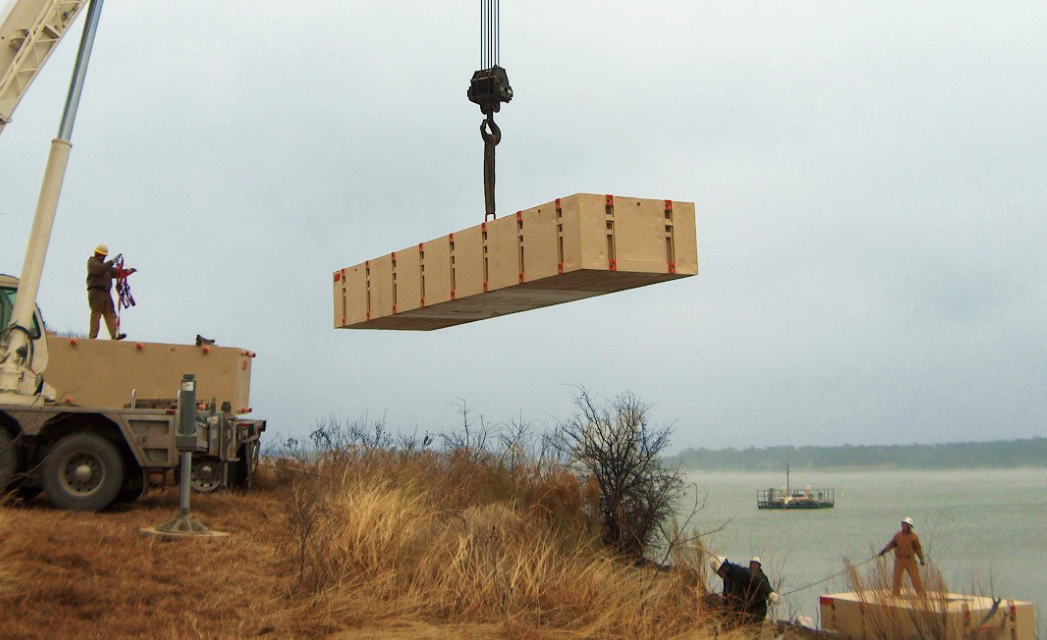
Documentation and Regulatory Compliance
Request these essentials from the seller:
USCG certification: For regulated vessels, ensure current documentation is posted onboard; include any Form 835 issues from the past year.
Survey reports: Recent annual inspections by qualified surveyors, covering structural condition.
Maintenance records: Logs of repairs, corrosion prevention, and part replacements.
Ownership and title: Clear title free of liens; verify environmental compliance for hopper or shale barges.
Load and capacity certifications: Confirm ratings match your needs.
Non-compliance can lead to operational halts, so consult the U.S. Coast Guard for inland rules.
Cost Considerations and Negotiation
Budget beyond the purchase price:
Inspection and survey fees: $500-$2,000+ depending on size.
Repairs and upgrades: Factor in blasting ($5,000-$10,000 for marine growth) or add-ons.
Transport and insurance: Higher for older barges; shop insurers familiar with marine construction.
Financing: Banks specializing in marine assets may offer loans; negotiate based on survey findings.
Use the inspection report to haggle—highlight issues like corrosion for price reductions.
Common Pitfalls to Avoid
Skipping a survey: Always hire an independent expert to uncover hidden defects.
Ignoring usage history: Saltwater exposure or heavy prior loads can accelerate wear.
Overlooking safety hazards: Unmarked edges or faulty equipment can lead to OSHA violations.
Rushing the purchase: Test in water if possible and review market trends for fair pricing.
View the complete article here.
What should I inspect when buying a used barge?
Check hull integrity, welds, mechanical systems, safety equipment, and verify documentation and maintenance records.
Where can I find reliable used barges for marine projects?
Look at online marketplaces, auctions, shipyards, industry networks, and consult accredited marine surveyors.

